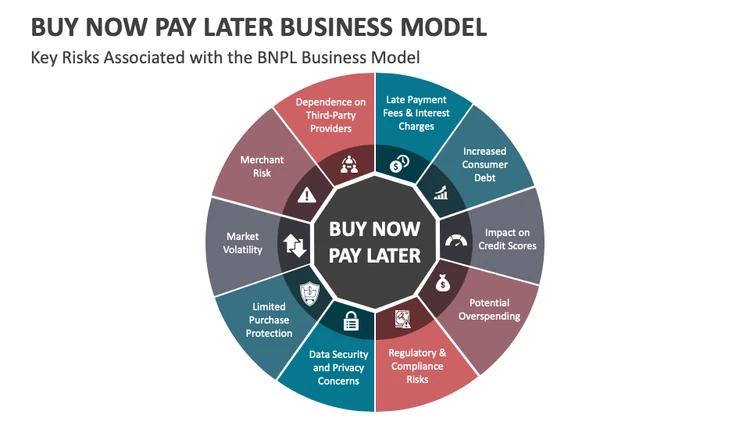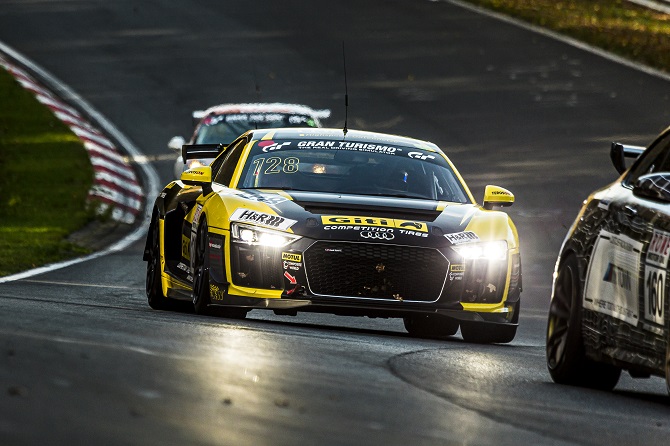Automatic braking in new cars credited with improvement in some areas but not others
-
AAA testing shows big gains in nighttime pedestrian automatic emergency braking (PAEB) performance from 0% in 2019 to 60% in 2025.
-
High-visibility clothing helped in some cases, but in others, caused PAEB systems to stop detecting pedestrians entirely.
-
AAA urges automakers, regulators and drivers to address ongoing risks, as most pedestrian deaths occur after dark.
Nighttime braking systems show progress but not perfection
AAAs latest research into Pedestrian Automatic Emergency Braking (PAEB) systems reveals marked improvement since its 2019 study but also underscores continuing shortcomings, especially in low-light conditions.
Working with the Automobile Club of Southern Californias Automotive Research Center, AAA tested four 20242025 sedans on a closed course, using a robotic adult pedestrian crossing at 25 mph. The vehicles were evaluated in both daylight and darkness, and with pedestrians dressed in regular or ANSI Class 3 high-visibility gear the reflective apparel typically worn by roadside assistance workers.
Results showed that nighttime PAEB impact avoidance improved from 0% in 2019 to 60% in 2025, signaling major technological gains. Yet, when the pedestrian wore high-visibility clothing, performance varied dramatically: in some cases, systems improved detection, while in others, they completely failed to recognize the pedestrian.
These improvements are promising, but theres more work to do, said Greg Brannon, AAAs director of automotive engineering research. Most pedestrian fatalities happen at night, and inconsistent detection even with high-visibility clothing shows that systems need further refinement to truly save lives.
Fatalities rising despite safety advances
According to the National Highway Traffic Safety Administration, 7,314 pedestrians were killed and more than 68,000 injured in 2023. The AAA Foundation for Traffic Safety reports that pedestrian deaths in the U.S. have surged by over 80% in the past 15 years, mostly on urban arterial roads after dark.
The danger extends to roadside assistance workers, who wear high-visibility clothing yet face significant risks from passing traffic. From 2020 through 2024, an average of 23 roadside assistance providers were struck and killed annually while working along U.S. highways.
AAAs advice for drivers and pedestrians
AAA emphasizes that pedestrian detection systems are only driver aids not substitutes for alertness. Drivers should:
-
Stay focused and avoid distractions, especially at night.
-
Obey speed limits and never drive impaired or drowsy.
-
Understand their vehicles safety systems by reading the owners manual.
-
Slow down and move over for emergency or disabled vehicles.
Pedestrians should also remain vigilant using sidewalks and crosswalks, avoiding distractions, and taking extra care at night, even when wearing reflective gear.
Call for manufacturers and regulators to act
AAA is urging automakers to enhance the reliability of PAEB systems under nighttime conditions and test them against a wider range of clothing types. Regulators and standards organizations, the group says, should include more nighttime scenarios in testing protocols to improve real-world pedestrian protection.
Test details
The evaluation included the 2024 Honda Accord, 2025 Toyota Camry, 2025 Chevrolet Malibu, and 2025 Tesla Model 3. Tests were conducted at Californias Minter Field Airport under controlled, dry, and well-lit conditions designed to simulate standardized advanced driver-assistance testing.
Posted: 2025-10-16 19:03:08
















